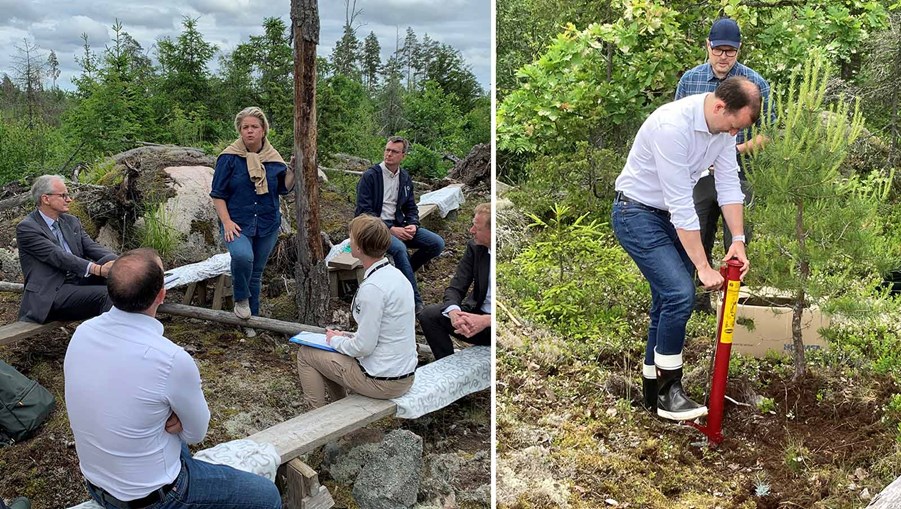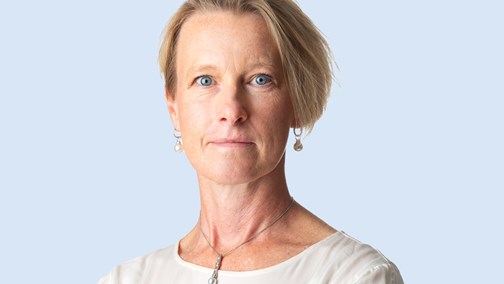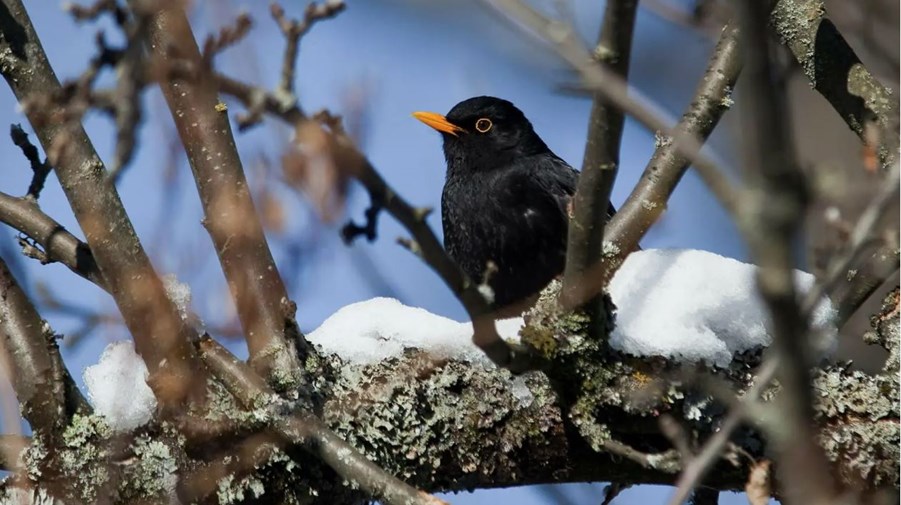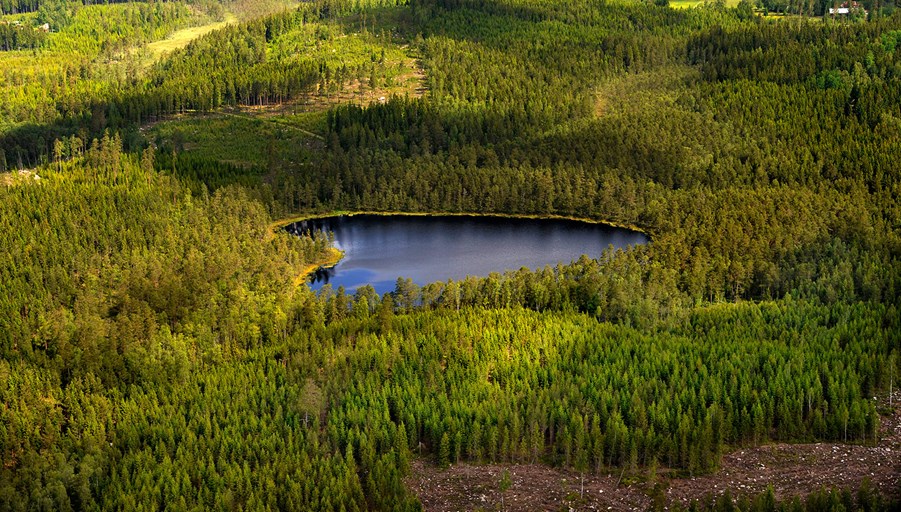
Lotta Lyrå, CEO at Södra, is talking about the ownership structure in Sweden. Photo: Swedish Forest Industries
The European Commissioner for Environment, Oceans and Fisheries, Virginijus Sinkevičius came to Sweden on Monday. As part of the program, he was invited by the Swedish Forest Industries to visit a Swedish forest and engage in discussions on sustainable forest management.
The European Commissioner for Environment, Oceans and Fisheries, Virginijus Sinkevičius visited a forest holding, owned and managed by the forest-based industrial company Holmen.
“The aim of the visit was to demonstrate firsthand how we create good conditions for a growing circular bioeconomy using equal objectives for production and environmental considerations in Sweden’s forests. By managing and using the forest and its products, we enable numerous societal values simultaneously,” says Director General of the Swedish Forest Industries , Viveka Beckeman.
The Commissioner and his staff first visited a young forest stand, discussing the impact of various biodiversity considerations before, under and after harvesting.
“To understand Swedish forestry, you need to see it with your own eyes. Commissioner Sinkevičius experienced how our spruce and pine plants are mixed with naturally regenerated young deciduous trees, creating a broad diversity of tree species,” explains Henrik Sjölund, CEO of Holmen and Chairman of the Swedish Forest Industries.
The second part of the visit focused on an area dominated by large, older deciduous trees which Holmen has decided to turn into a so-called voluntary set-aside. The area is managed solely to maintain and enhance biodiversity and is excluded from regular wood production.
“Voluntary set-asides are an important tool for creating good conditions for biodiversity in the forest. Official Swedish statistics and Sweden’s EU and international reporting do not include these areas, instead the reporting is focused only on strictly protected areas. This results in a misleading picture of the scope of nature conservation efforts in Sweden’s forests and overlooks the ambitions and investments of forest owners in respect of nature conservation,” says Beckeman.
Forest owners’ voluntarily set-asides currently account for almost five percent of productive forest land in Sweden. This is equivalent to 1.2 million hectares of forest, which is almost as large an area as Sweden protects through nature reserves and other strict forms of protection, which totals 1.4 million hectares of forest.



